Pelagic Birding--5 species in one view.
L to R: Wilson's Storm-Petrel, Shy Albatross, White-chinned Petrel, Cape Petrel, and Cape Gannet
Months before heading to Africa as I planned where and when we were going I looked for ways to get in as much birding and as many species in between stops as possible. After all, this may be the only time I ever go to South Africa, so I needed to maximize. When we inked in Cape Town as a definite stop, my first thought wasn’t what will we do in Cape Town, but instead was, “there has to be a pelagic company there”. For those unfamiliar with pelagic birding, it is simply put, birding at sea. Once you get 25 or so miles off the coast of pretty much any land mass you start to see a change in bird life. Typically this is related to underwater terrain, currents, and food sources--and with it comes birds that you will almost certainly never see from the coast.
So anyways, I immediately typed Cape Town Pelagic into Google and sure enough Cape Town Pelagics was a company. They run weekly pelagic trips off Cape Point--the kicker is you don’t know whether your trip will go Saturday, Sunday, or at all. When you book you basically pay to block out the entire weekend, in case the weather or swells make the trip impossible the first day. I looked at the calendar, made sure we would be there over a weekend and went ahead and booked--however, when I booked I knew that if the trip didn’t go on the Saturday, I wouldn’t get to go--because we booked something else for Sunday with the Monday following as a back up day (more on that in the next post).
My trip was booked for September 7th, and as my last post mentioned, I called on the 6th and confirmed (thank goodness) that the trip was on for Saturday. The trips the previous 2 weeks had had weather issues, but it looked like clear sailing for this trip. Sam stayed in Cape Town, while I was up at 5:00am getting ready to go. After throwing my gear in the car, I drove down the highway in the dark, arriving at Hout Bay Marina well before I needed to be there--I easily could have slept another 30-40 minutes. After eating a bagel and some orange juice, and dropping some Dramamine, I still felt a little uneasy. Usually this happens to me before pelagic birding, so I wasn’t too worried, but its never a great feeling hopping on a boat with your stomach turning. By 7:00am everyone was present and we met our captain Dave (I believe), and our guide, Cliff Dorse who was simply put, excellent.
After a quick briefing and meeting the other 7 participants, we headed to the boat--boy was I surprised. This was my 4th-ish pelagic and all had been on decent sized boats--the kind where 20-30 people could be aboard. That wasn’t the case today--this trip was aboard a sport-fishing boat, maybe big enough barely for the 10 people on board. There wasn’t even enough room for everyone in the cabin during the ride out--where swells were 10-14’. I being the youngest on the boat, one guest from England, and the Cliff all headed to the back of the boat to let the older, and those already looking green sit for the ride out in the cabin The next 2 hours would be the wettest boat ride of my life as crashing on the waves sent water flying over the top and sides of the boat--all three of us were soaked from head to toe by the time we reached the trawling grounds--and 2 months later I am still sick (more on this in my final recap).
In any event as we left the marina we had CAPE CORMORANTS, HARTLAUB’S and KELP GULLS, and a few GREAT CORMORANTS. From Hout Bay we headed due south and then slightly west out towards the Cape Trawling Grounds. Most of the birds the first 5-10 miles were the ones mentioned above. Bird life starts to dip off in that 10 mile range, before we started seeing a few of the ocean goers. We did see one SWIFT TERN along the way, but our first ocean going birds came in the 10-15 mile range with a SHY ALBATROSS and a WHITE-CHINNED PETREL--both lifers that we didn’t stop to look at because Cliff guaranteed we would see more. I spotted three terns flying over that appeared to be ANTARCTIC TERNS, the only of the trip--and not seen by anyone in the cabin.
3 White-chinned Petrels with an Albatross hiding in the back
As we continued to deeper water the captain started spotting ships in the distance. The key was to find a trawler to follow, and that took a while as the first boat we went towards ended up not being a trawler. Once we eventually and luckily found one (this doesn’t always happen), we made a bee-line towards it. As we were approaching we spotted a CAPE FUR SEAL feeding on some fish and nearby were a few birds picking up the scraps. The birds ended up being 3 WHITE-CHINNED PETREL and a gorgeous prize bird a WANDERING ALBATROSS.
The first rarity of the day a stunning Wandering Albatross
The wanderer was considered rare on these trips--they show up in small numbers but are never guaranteed--lucky for us this lifer was super cooperative and the captain lined us up perfect for photos. After the trip our guide posted a note that there was some indication that the bird we saw may actually have been a Tristan Albatross due to its overall pattern and smaller size. But he lamented that at this time not-enough is known about all the subspecies of Wandering to really be sure.
Wandering Albatross close-up (note the pink sheen on the neck)
As we headed towards the trawler it became apparent we were in for a treat--it was unlike anything I had see before, as in the distance 1,000’s of birds swirled, swooped, dove, sat on the water, flew, glided and followed the trawler as it went. It was a spectacle.
Various Seabirds following a trawler off Cape Point
Had I not been there to see I don’t know if I would have believed it. I had seen video like this before, but couldn’t imagine it being like this. The majority of the birds were CAPE (Pintado) PETRELS and their striking black-and-white patterns really made them stick out as they swirled in flocks behind the boat.
Cape Petrel flock in flight
The occasional SOOTY SHEARWATER passed by, and were soon joined by a new species for me, GREAT SHEARWATER. These birds were pretty stunning when the light hit them just right, showing the details of the edging on the feathers of the otherwise drab--black, white, and brown birds.
Great Shearwater with its striking feather detail
At one point I looked up and a PARASITIC JAEGER flew past--I yelled it out, but no one seemed to look for the bird as they focused on other things--such is life on a boat. Pretty soon we were right behind the boat, in the mix with the masses of birds. Aside from the above mentioned birds there were quite a few SHY ALBATROSS (now called White-capped) following the boats--you could look any direction and see this species as well as the second most common--BLACK-BROWED ALBATROSS.
White-capped (Shy) Albatross was the most abundant Albatross
Black-browed Albatross was the 2nd most common species
As we followed along and the swarms of birds swirled around it wasn’t long before the great hunter of the southern seas joined the fray--the BROWN SKUA (formerly Subantarctic) came in to take its turn finding breakfast. We saw several during the course of the day, but this first one eventually landed right next to the boat and I was able to watch it slurp up a fish before taking flight.
Brown Skua slurping down a meal
Skuas and Jaegers are by far my favorite seabird--and watching these guys in the mix was a lot of fun. We followed the first boat for some time, occasionally drifting off far behind it to watch something out of the ordinary that came by--and on this day those birds were the various species of Albatross.
Fly by (Northern) Royal Albatross
I can’t tell you in what order or exactly when each species was seen as the 4 or so hours we spent with the trawlers seemingly passed much faster. Short periods of excitement following a rarity that arrived were followed with periods of pure amazement watching the throngs of birds. I could've seen just the common stuff and the experience would have been memorable--but the rare birds made it for a once in a life-time trip. We soon had our first of 3 or 4 NORTHERN ROYAL ALBATROSS come by the boat.
(Northern) Royal Albatross on the water with a Black-browed
Technically its just Royal Albatross because the Northern and Southern species were grouped. For good measure though we did a short time later have a single SOUTHERN ROYAL ALBATROSS come by as well--so if they ever split again I have that species too!
(Southern) Royal Albatross fly by
In between these birds it could be called the “Day of the Wanderers”. As luck would have it we had no less than 6 WANDERING ALBATROSS for the day. I put 7 down in my notes as I didn’t photograph one of the distant birds--but made sure to catch each of the closer individuals. Some passed the boat just feet away, while others sat in the swells providing excellent looks on the water. Some passed a short distance away providing great comparisons to the more common albatrosses. The WANDERING ALBATROSS were surely the birds of the day.
4 of the other 6 Wandering Albatross seen during the day
The Albatross weren’t the only big seabirds that came in though. Several times entire flocks of CAPE GANNETS joined the mix. They were probably there the whole time but kept circling back to the trawlers as they moved. When they were close though, the looks were amazing, and the birds were the most stunning in terms of overall beauty.
Cape Gannet almost too close to photograph
After following the first trawler for several hours the captain spotted another and opted to move towards it to see what different birds might be with that boat. The tricky thing is deciding if its a good move or not. It was apparent at the first boat that new birds were coming and going frequently enough to make following it worthwhile. But the second boat could potentially have other following it that are completely different. So we decided to head to the second boat. En route were 2 of the above mentioned WANDERING ALBATROSS.
1 of the other 2 Wandering Albatross seen
At this point we also started picking up a few more new birds for the day. First came a SOUTHERN GIANT-PETREL, one of two for the day.
Southern Giant-Petrel making a pass
Then came the YELLOW-NOSED ALBATROSSES. We had 2 of each subspecies--ATLANTIC and INDIAN--another species which eventually may be split again. These birds were all single fly-bys that didn’t give us the photo ops that some of the more common--and more obliging species allowed. In fact I only was able to get a couple shots of one of the Atlantic and Indian--and they aren’t great.
Best shot I could muster of an Indian Yellow-nosed Albatross
"Awesome" shot of an Atlantic Yellow-nosed Albatross
We eventually caught up to the second trawler that was being followed by an impressive flotilla of CAPE PETRELS. At this point it was past midday and we were mostly just floating along following the trawler. We had seen all of the expected species for the day and were just relaxing hoping for something uncommon to find its way to us. I used the time to try and photograph WILSON’S STORM-PETRELS. I had first seen this species 10 years ago from land in New Hampshire as a summer storm brought 100’s within viewing distance of the coast--now they skittered across the water just feet from the boat.
Wilson's Storm-Petrel gliding over the water
I would argue that storm-petrels are one of the hardest birds to photograph--at least on water. With the swells still heaving us 6-10’ every time they past and the birds dipping and dodging between smaller waves, it was often hard to get the birds in the viewfinder. I eventually managed to catch a few.
Wilson Storm-Petrel with a Cape Petrel
Additionally upon reviewing my photos it appears I photographed 2 LEACH’S STORM PETRELS, which are much rarer but occasionally mixed in with the more common cousins. This was not a species that any of actually noted during the day--I think most focused on the bigger birds--specifically the albatrosses.
Leach's Storm-Petrel with a Black-browed Albatross
At some point while we were floating along we snagged a NORTHERN GIANT-PETREL to go along with the earlier southern. At this point we had basically gotten every single species we could have expected to get on a Pelagic this time of year. We were in a window between several other species that show up with regularity in August and October but had little chance to see any on this trip.
Northern Giant-Petrel too close to fit in the frame
Possible Salvin's Albatross (note the bill pattern and hooded appearance)
The other fellow alerted Cliff but by that time the bird had disappeared into the mix. It was very similar to the Shy Albatross, so it could blend in fairly easy. Unofficially it was the 8th species of albatross for the day--although only 6 show up on my list because of the 2 lumped groups (Yellow-nosed and Royals). A truly spectacular day on the ocean
I never imagined seeing an actual "flock" of Albatross
Soon we were headed back towards land--we had spent a little too long following the trawlers and were going to be late back to the marina--we ended up being about 90 minutes later than I had planned--but the birds made up for it. The ride in seemed to take forever and for some on the boat I think the day as whole probably felt that way. From the moment we left the safety of the bay till we re-entered it, there were 2 individuals on the boat who left the cabin only to lean over the edge of the boat and let their insides loose. These folks paid to go on the boat--and really didn’t get to see all the great stuff because they couldn’t handle the motion of the ocean.
This kind of view made for a spectacular day
I felt bad that they missed out but some people just aren’t made for the high-seas. There was one other guy who just looked green the whole-time. He never puked but spent at least ½ the day in the cabin as well. Despite my stomach not feeling great in the morning, I patched things up with another bagel, 2 small bags of Swedish Fish, a fistful of Hi-Chews, and a couple gulps of some Coca-Cola. Essentials for Pelagic birding--really any kind of fruit flavored candy does the job for me at least.
Once back to the marina, I had to rush back to Cape Town to get Sam and head to our hotel for the next 3 nights--unfortunately this meant I missed the recap with the group. All being said I ended up with 15 life birds, and 19 new trip birds during the course of the day. The fact is many of those birds I very well may never see again--although I would gladly do another pelagic with Cape Town Pelagics and their excellent staff.
100's of Cape Petrels swarming
As a last note checkout the eBird lists below to see the actual numbers for some of the birds seen. for instance I estimated it to be about 5,000 Cape Petrels--Cliff estimated closer to 8,000--regardless it was lots of birds. I leave you with this video that shows what it was like in live action!
15 life birds on the Pelagic / 275 total trip life birds / 295 total trip species
photos from the pelagic:
http://www.timaverybirding.com/photos/thumbnails.php?album=1114
eBird Checklists:
Offshore--Cape Pt. to trawling grounds, Western Cape
Offshore--Cape trawling grounds, Western Cape
and a shorter trip report from the guide:
Cape Town Pelagics Trip Report
Labels: Africa, albatross, Cape Town, life birds, listing, pelagic birding, seabirds, South Africa, Travel, video
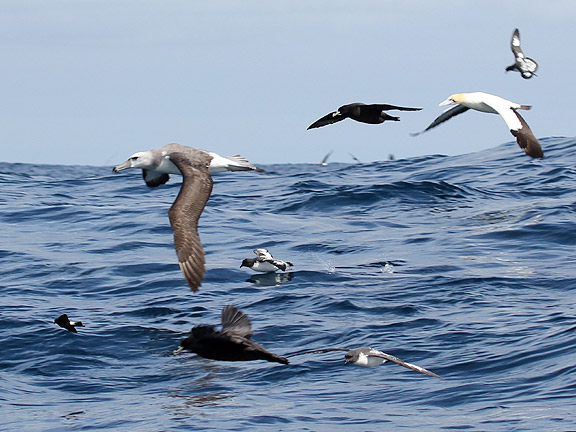
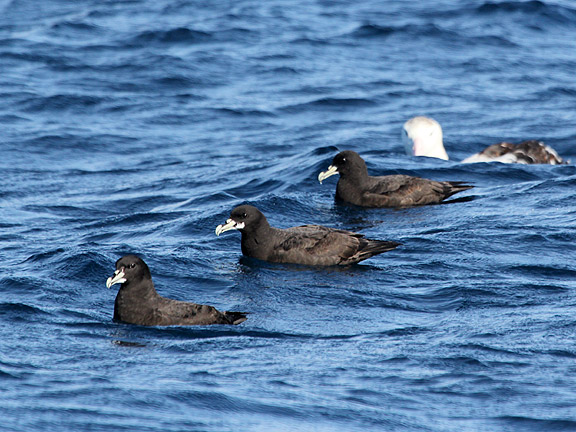
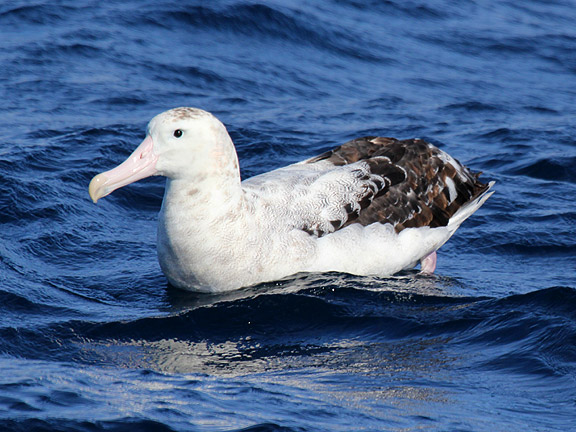
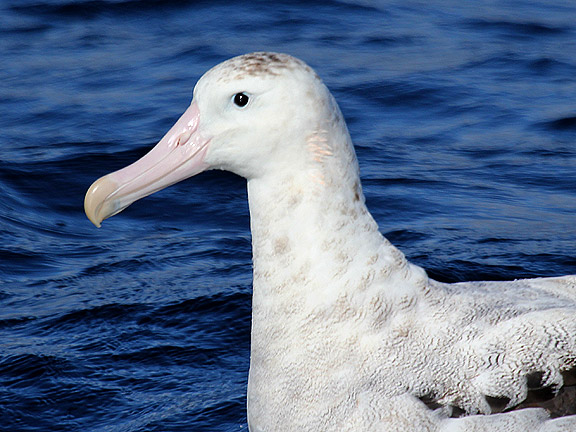
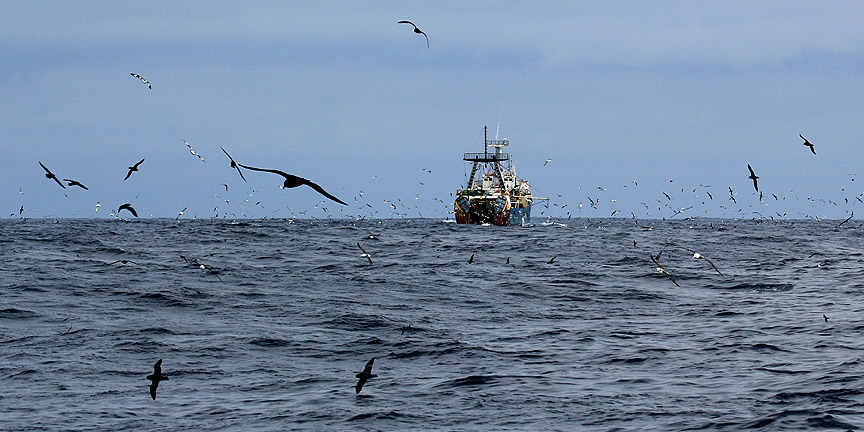
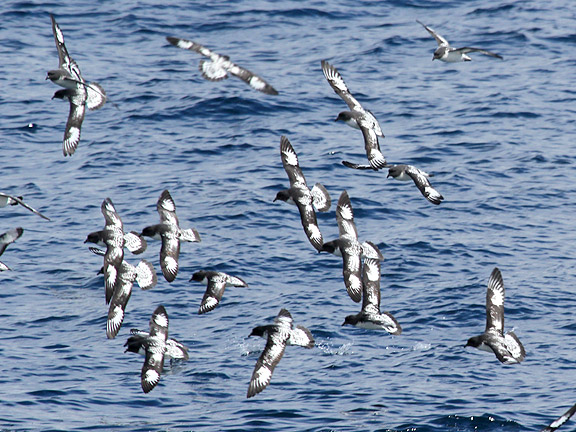
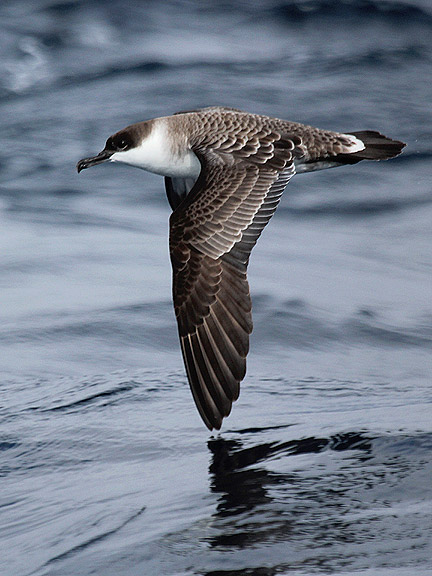
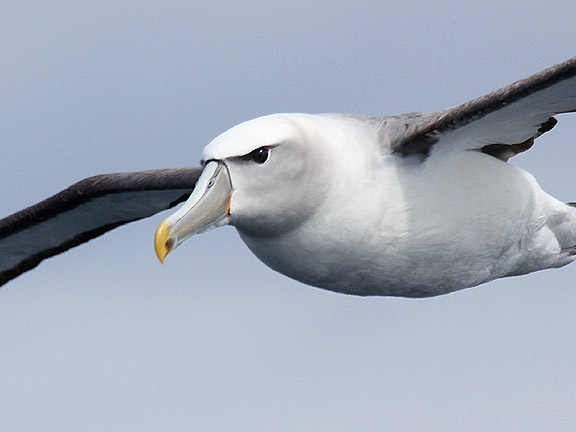
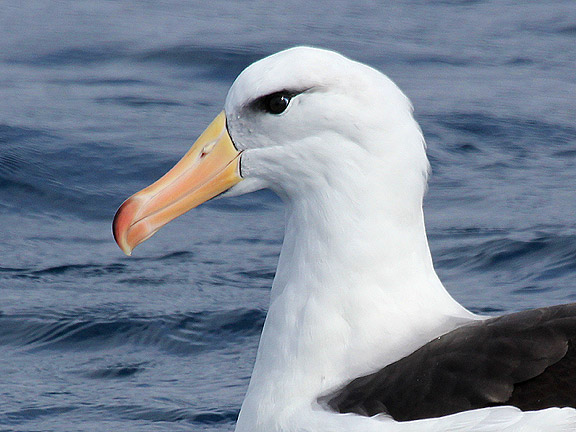



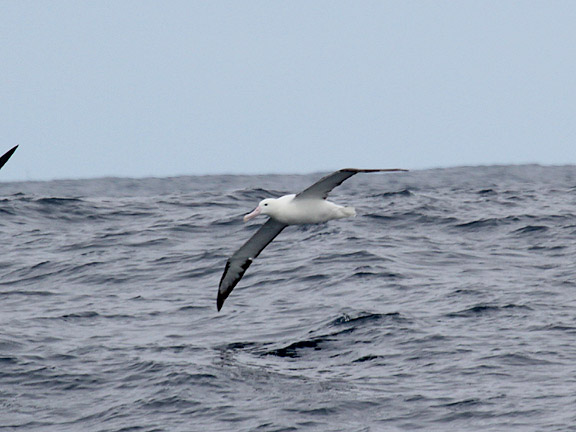
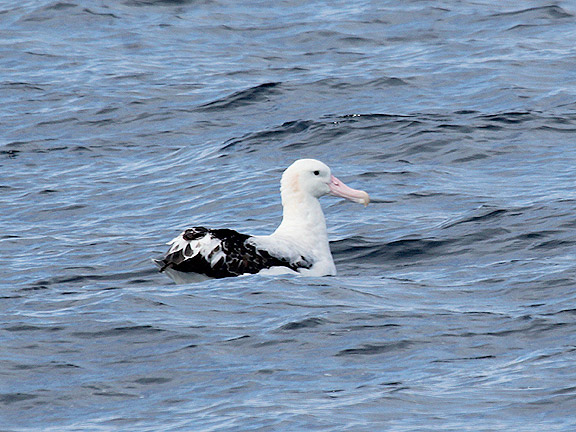
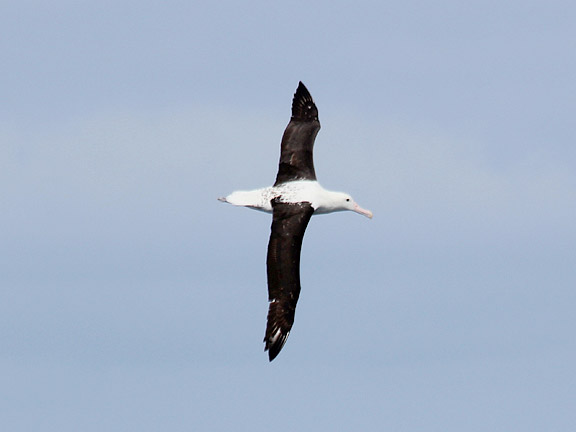
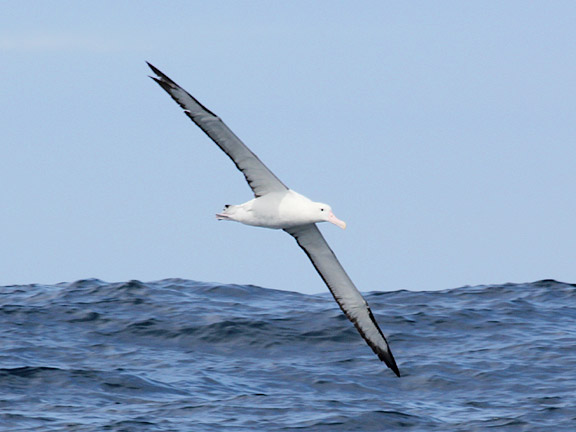
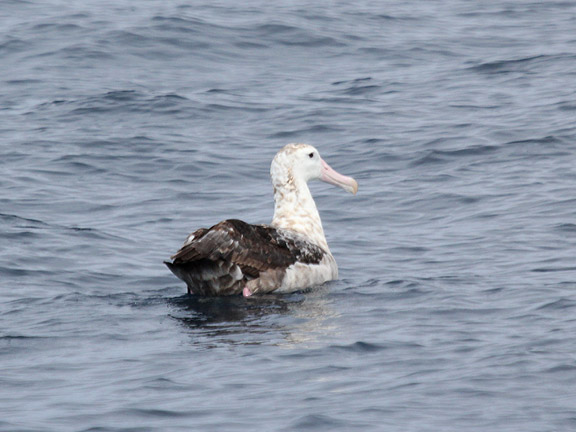
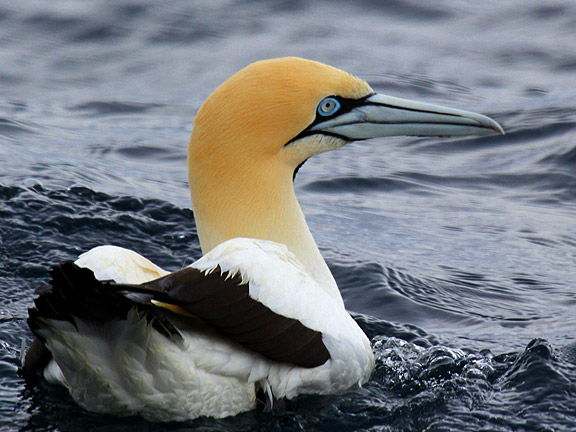
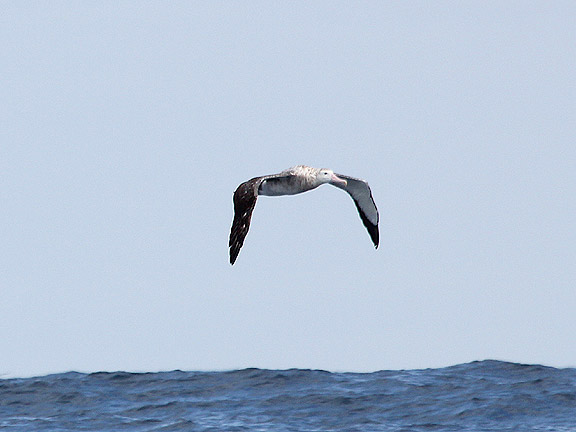
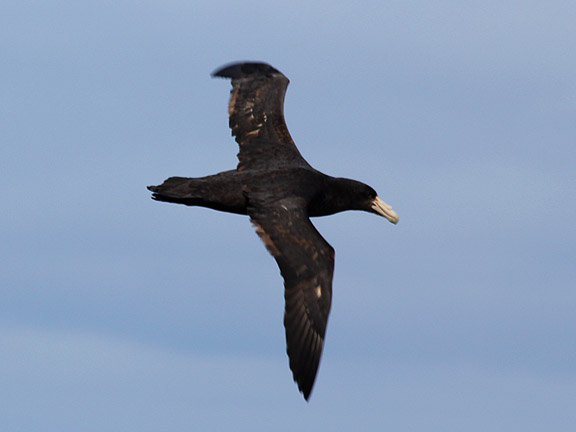
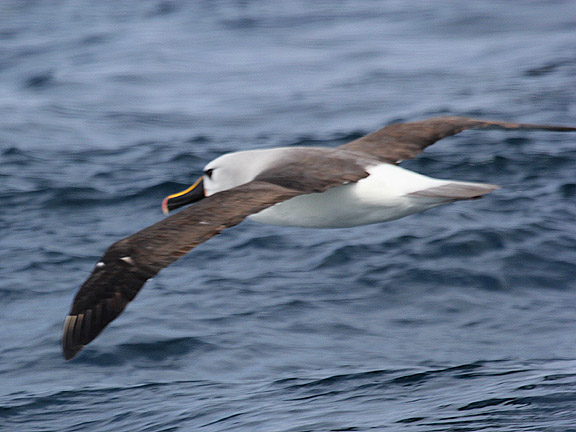

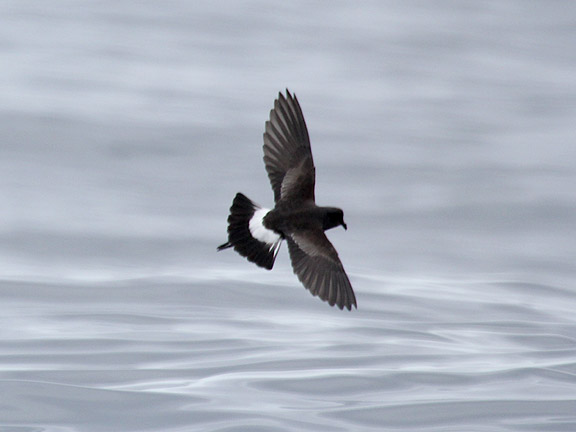
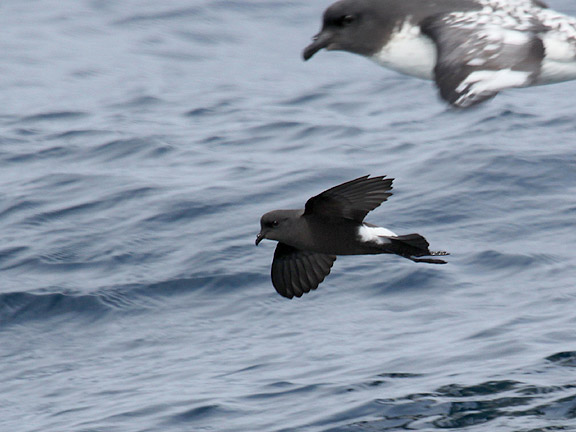
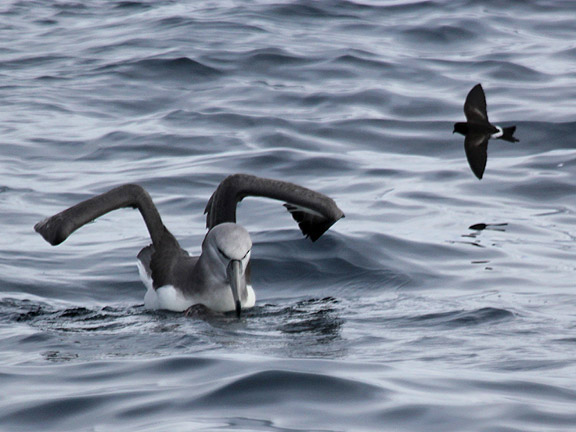
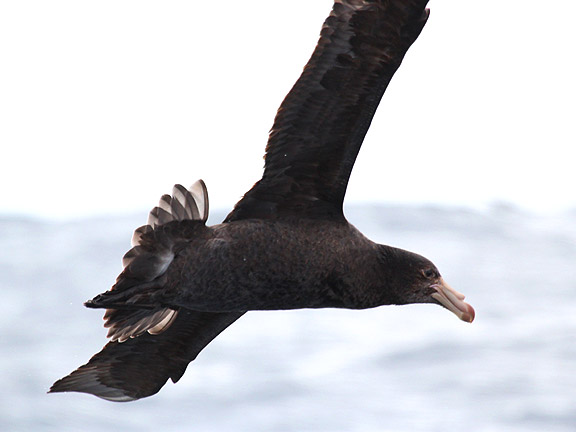
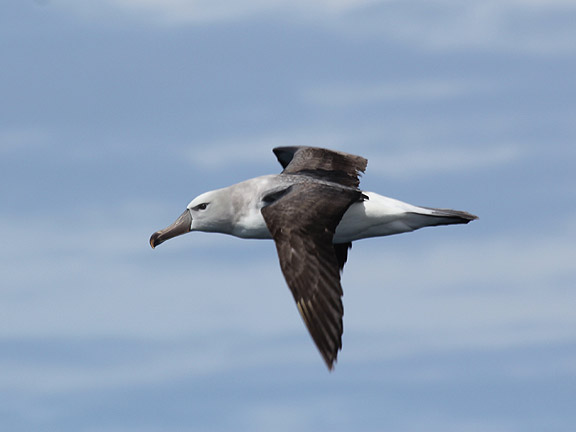
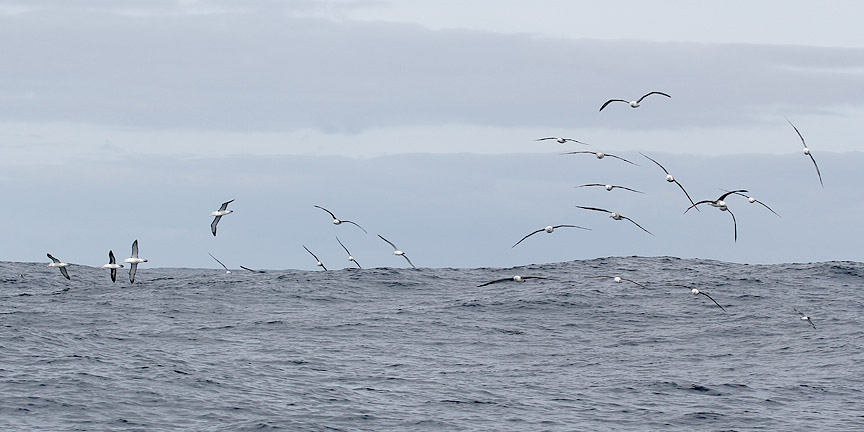
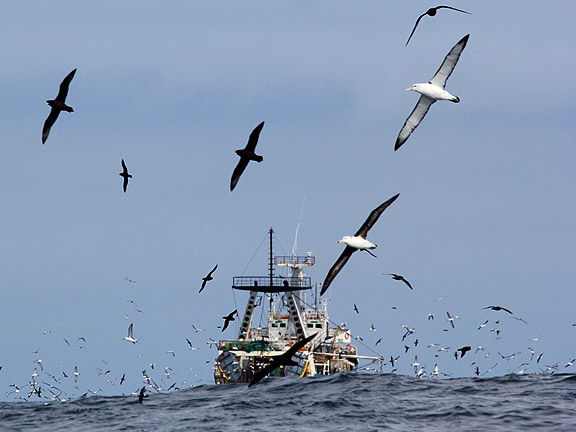
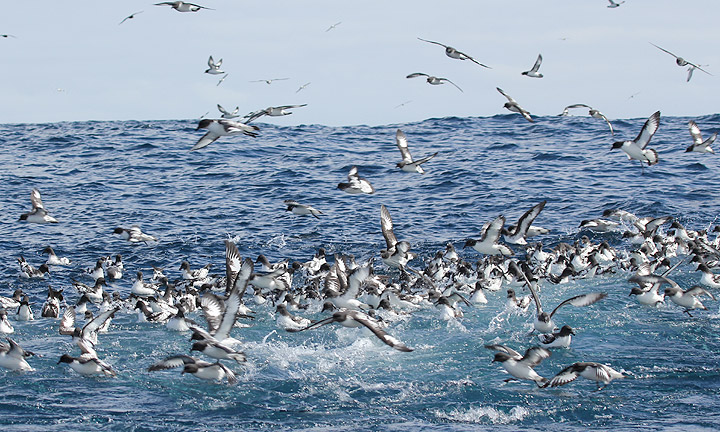

10 Comments:
WOW. that's really all I can say. I needs me some pelagic birding.
@Susan I'm still saying wow almost 2 months later!
Amazing! I've only done one pelagic trip--with Shearwater out of Monterey Bay--and I remember being blown away by ONE black-footed albatross. You must have been dying. I'd never thought about pelagic birding in Africa--now it's on my list.
Awesome! Am really enjoying following your adventure!
@Amy H: This trip blew away every North American Pelagic I'd been on--but, we also got lucky in finding the trawlers as that doesn't always happen. The trip the week before mine I think tallied 950 total birds so it was just really good luck, but reading their trip reports in general it seems like the success rate for finding trawlers is pretty good--and I do highly recommend, if you can handle the big swells!
@Cathy: Thanks! Glad you're enjoying!
Wow, that is unbelievable. Pelagic birding has always been my favorite, but this beats any trip I have ever been on! Great recap!!
Kendall
@Kendall: Thanks man! It was absolutely insane--best pelagic birding I imagine I will have for a long time.
Blimey, I missed all of this. My trip was cancelled (on both days) in August, I was gutted then, am still gutted now.
@Dave: Oh that sucks. I'm sorry man--that was one of my major worry given the weather that time of year. We got lucky and hit between storms. Had we planned our trip one week either way things would have been very different.
Hello this is very good post share nice information and it is going bet in this time.
Furniture Removals
Post a Comment
Subscribe to Post Comments [Atom]
<< Back to Previous